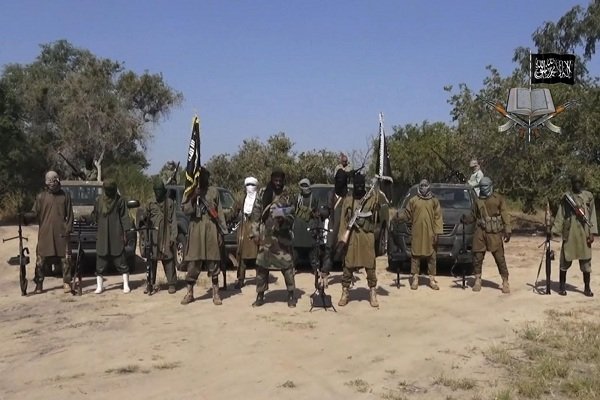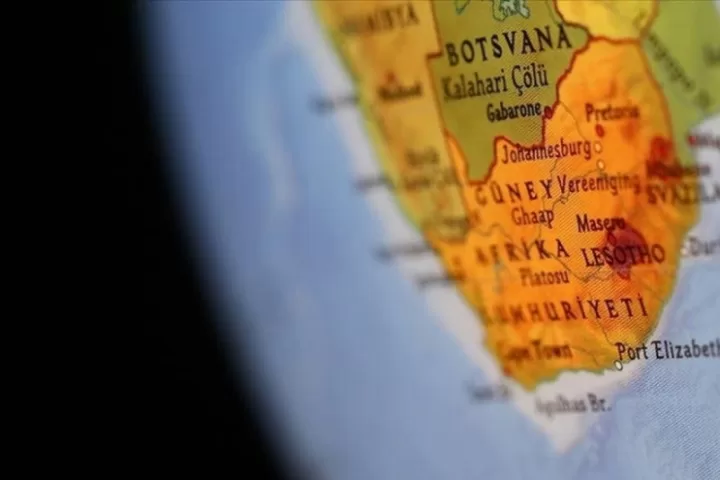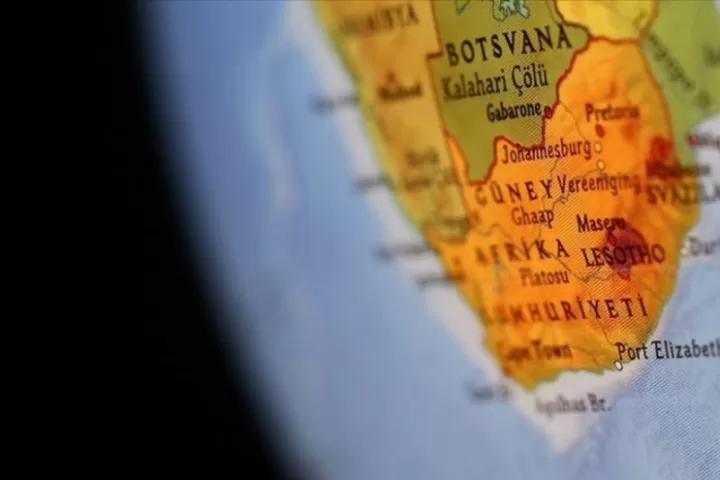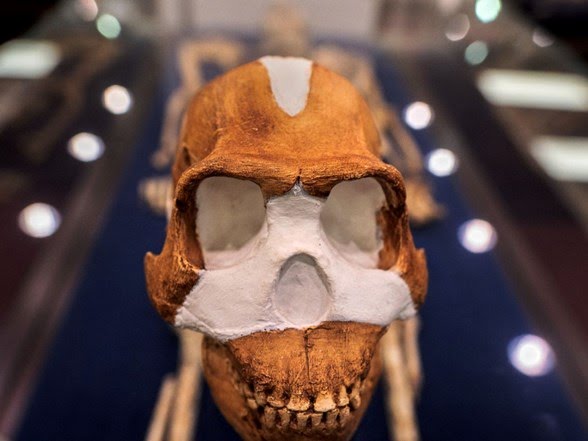Intelligence from the West warned of a terrorist attack in one of the wealthiest areas of Johannesburg, South Africa’s most populous city. The organization the intelligence pointed to was an unpredictable suspect for the country: DAESH. So how did this happen?
It is not uncommon for many different intelligence agencies from the Western bloc, notably the US and the UK, to issue similar warnings. The terror alert was therefore as specific as it was alarming. Intelligence reports indicated that a major terrorist attack was planned in Johannesburg, South Africa’s most populous city and Africa’s most populous city after Nigeria’s capital Lagos and Egypt’s capital Cairo. After the shocking report, the streets of Johannesburg, as well as the streets of other important cities, were filled with police officers.
Although tensions rose in the country, no attack took place. Intelligence reports pointed to October 29. The lack of detail in these reports raised questions, but many experts say the issue is very serious and point to a suspect, DAESH, which has not been encountered before in South Africa.
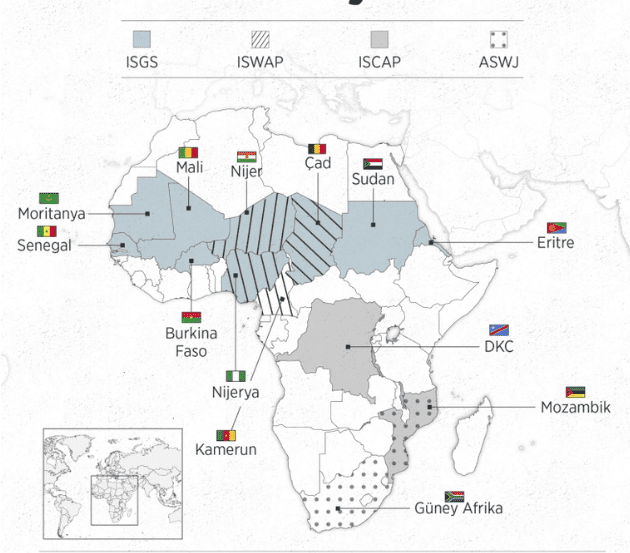
Martin Ewi, principal analyst at the Institute for Security Studies (ISS), said that the US would have to have “hard evidence” to report on such an attack: “This was one of the most precise warnings possible; they said when and where the attack would happen. Very few warnings contain such details,” Ewi said.
ALREADY INFILTRATED THE CONTINENT
When no attack took place, South African officials chose first to belittle US intelligence, then to accuse the US of withholding intelligence, and then to claim that the US report, though unverifiable, had scuttled weeks of secret work. Although the country is in full panic mode, experts say DAESH has already infiltrated the continent. South Africa is said to be one of the few countries in Africa where DAESH is growing rapidly.
Mozambique stands out as the country with the most visible DAESH presence in southern Africa. Acting in partnership with Ahlu Sunnah Wal Jammah (ASWJ), or Al Shabaab as it is known in the region (different from the Al-Shabaab Terrorist Organization, which is predominantly present in Somalia), DAESH has also infiltrated South Africa. ASWJ, which is responsible for the deaths of approximately 3 thousand people and the forced migration of 1 million people, also threatens billion-dollar oil investments in the country. Experts argue that the spread of DAESH in South Africa, where only 2 percent of the population is Muslim, has been quiet.
“The ISIS threat is growing here, but the authorities in South Africa are naïve and think it can never happen to them,” says terrorism expert Jasmine Opperman. Recalling that some 60 to 100 South Africans joined the de facto Daesh rule in Syria and Iraq years ago, Opperman says some of them have returned, adding:
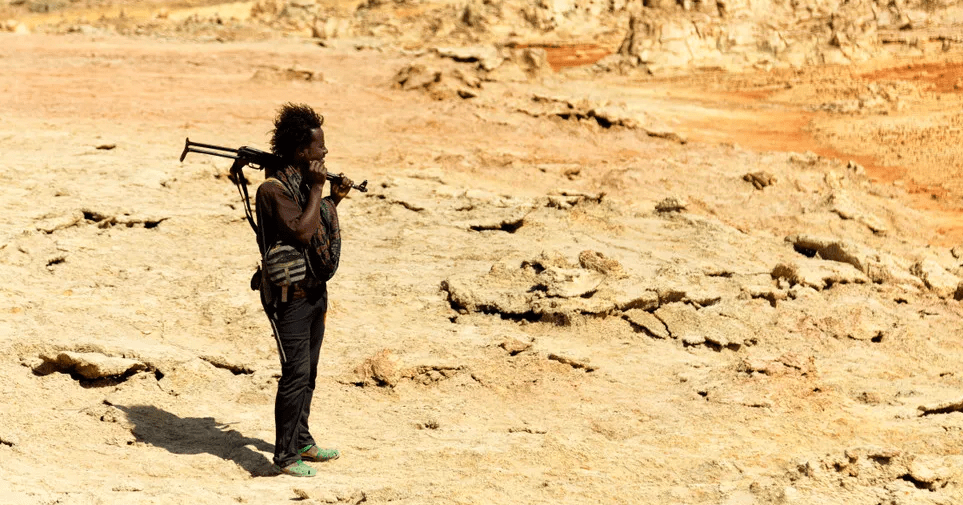
“We need to wake up and recognize that the threat is here.”
Since its decisive defeat in 2019, Daesh has turned its sights on Africa. Subterranean riches, complex and porous borders and weak governments make Africa an attractive destination for Daesh. According to Martin Ewi, DAESH’s network covers at least 20 countries and Africa is the terrorist organization’s second most active hub after the Middle East.
THEY RETURNED WHEN DAESH WAS DEFEATED IN IRAQ AND SYRIA
The organization, which cooperates with terrorists who once joined DAESH but returned to their home countries after their defeat, does not hesitate to work in the region even with its enemy al-Qaeda in order to strengthen itself in the region, according to analyses. This unity shows that two organizations that once weakened each other can act together. Ewi also points to the following challenge:
“It is easy to fight a group that is surrounded and has clear borders. When the terrorists were in Iraq and Syria, it was easy to neutralize them. But now that they are spread between countries, how do you clean them up?”
According to the Pentagon-funded African Center for Strategic Studies, attacks have increased by over 300 percent in the last decade. More than 14,000 people were killed last year.
DAESH’s Greater Sahara Region operates in the Coastal Belt known as the Sahel, DAESH West Africa Region in West Africa and DAESH West Africa Region in Central Africa. The organization, which is linked to 1200 civilian deaths in the Sahel in 2022, almost dominates the Lake Chad region. On the other hand, DAESH claimed more attacks in Nigeria in June than in Iraq.
While Opperman said that South Africa is relatively safe for now, US State Department spokesman Ned Price underlined that they are closely monitoring the organization’s activities in Africa.
Sources: Vice, War On The Rocks, ewn.co.za, US Department of State, Africa Center, Twitter/Jihad Analytics, African Union, Wilson Center, South African Government

